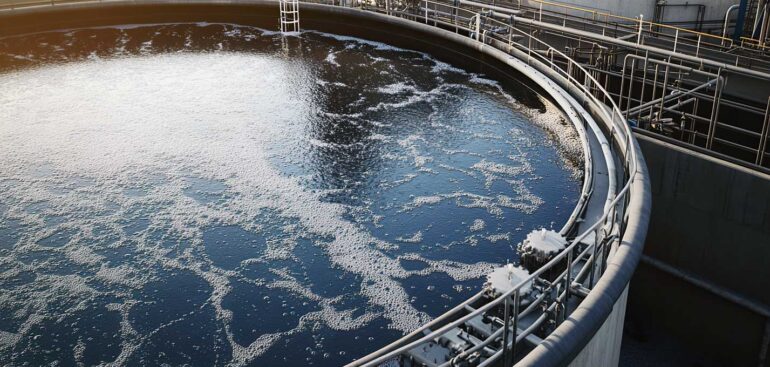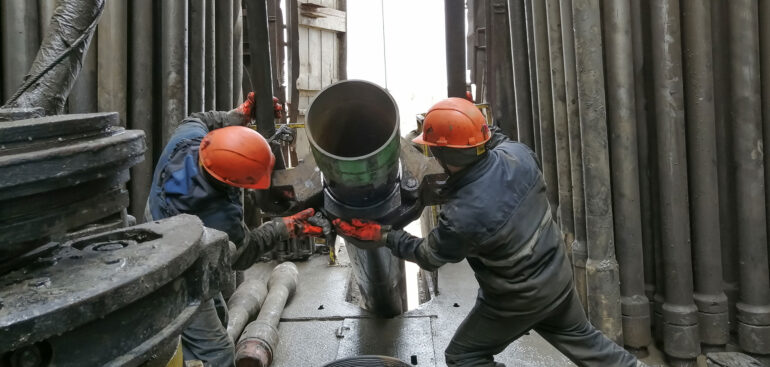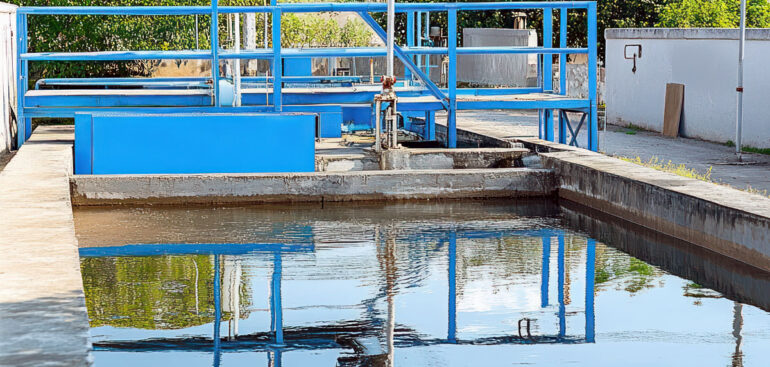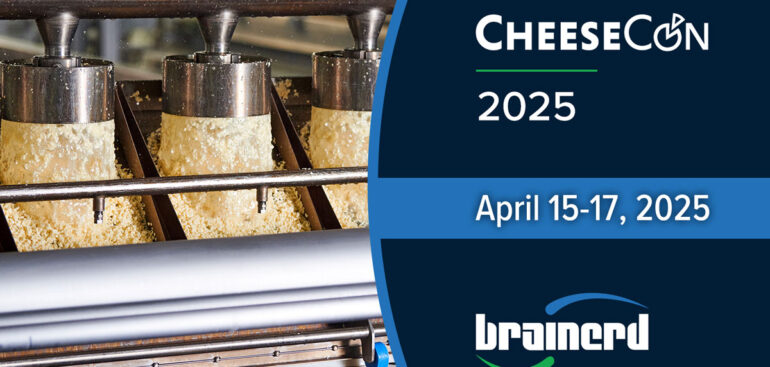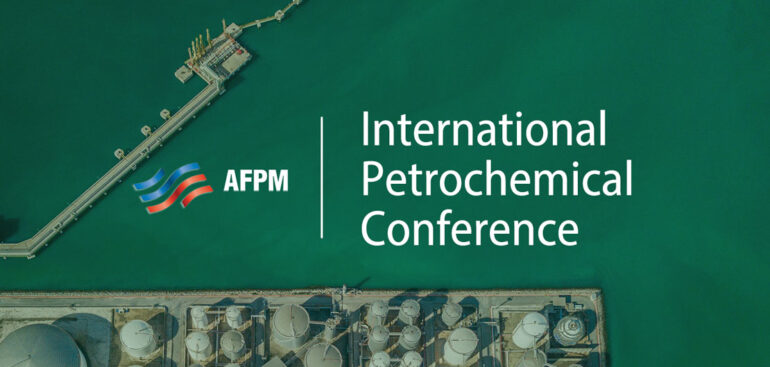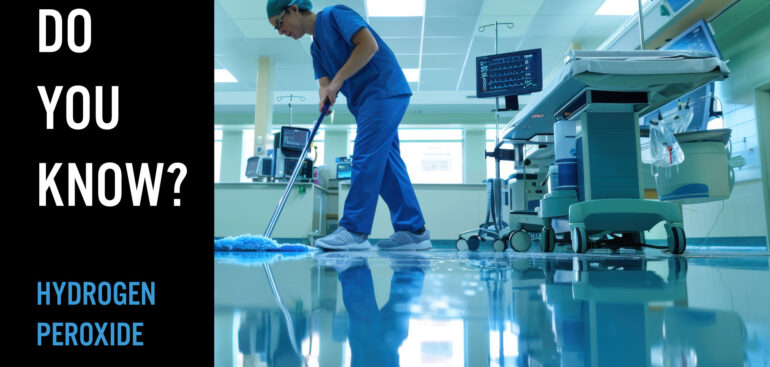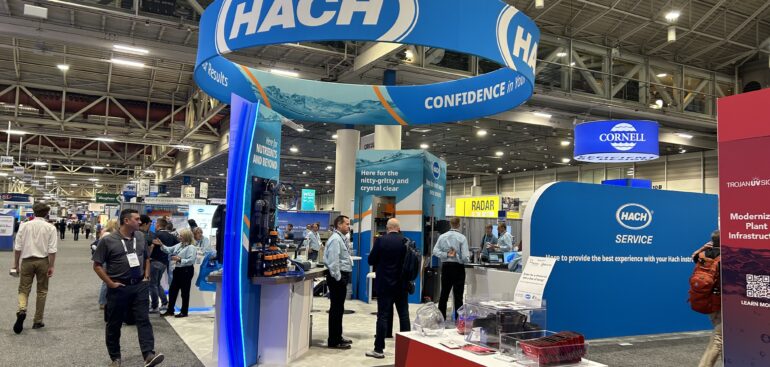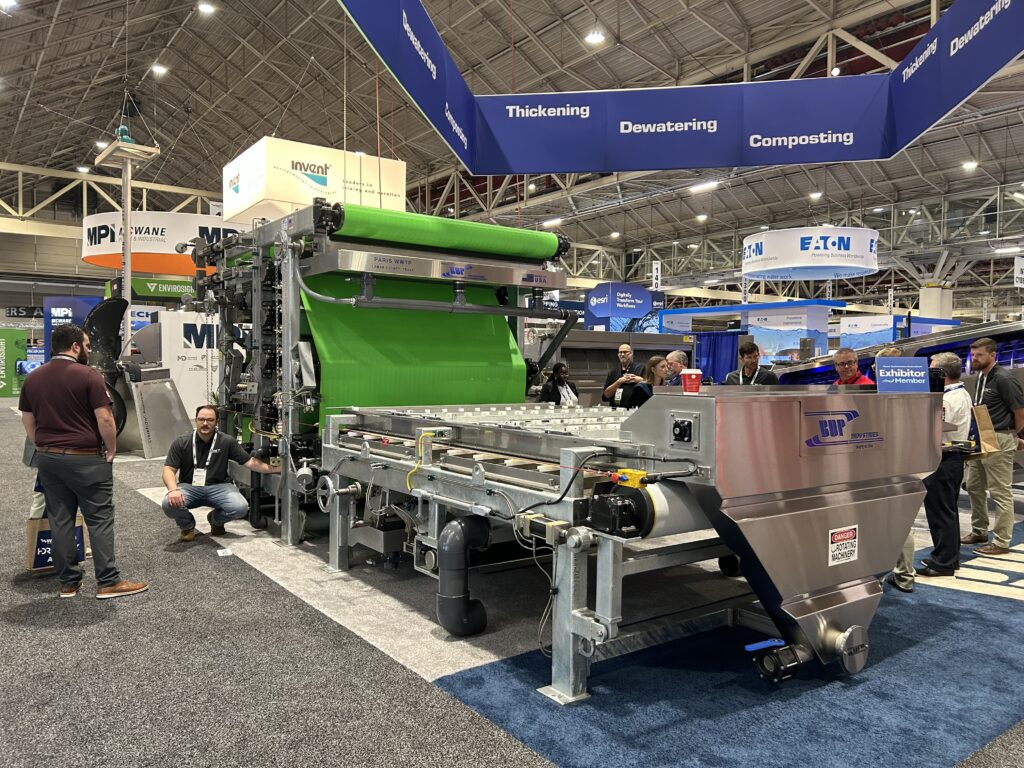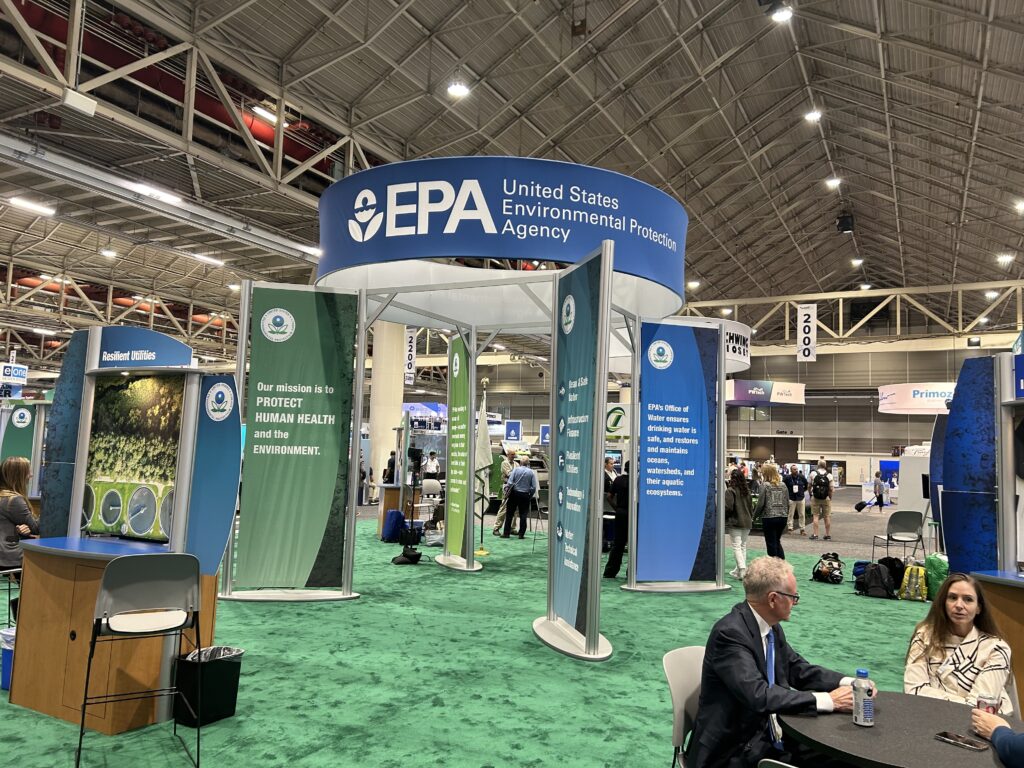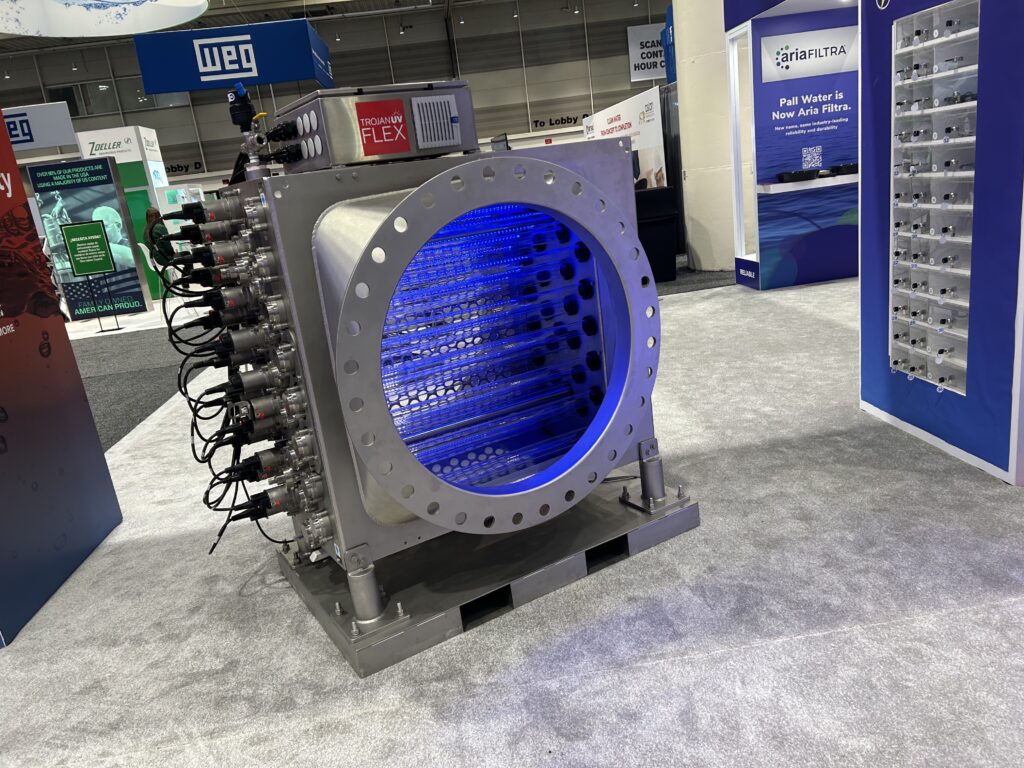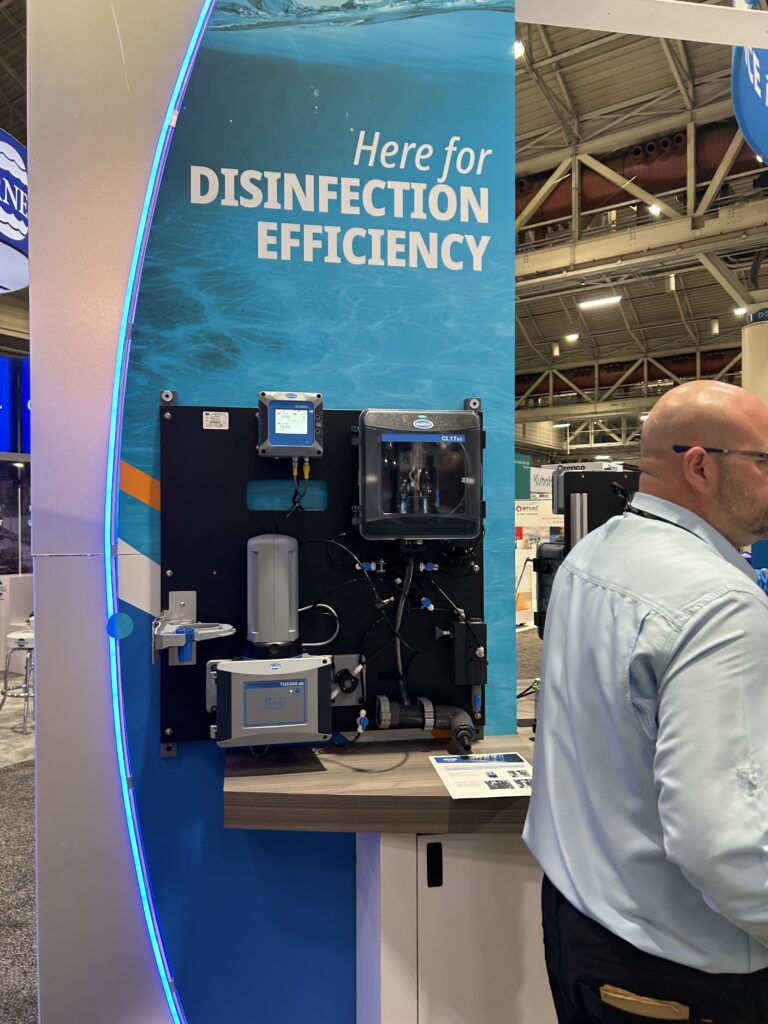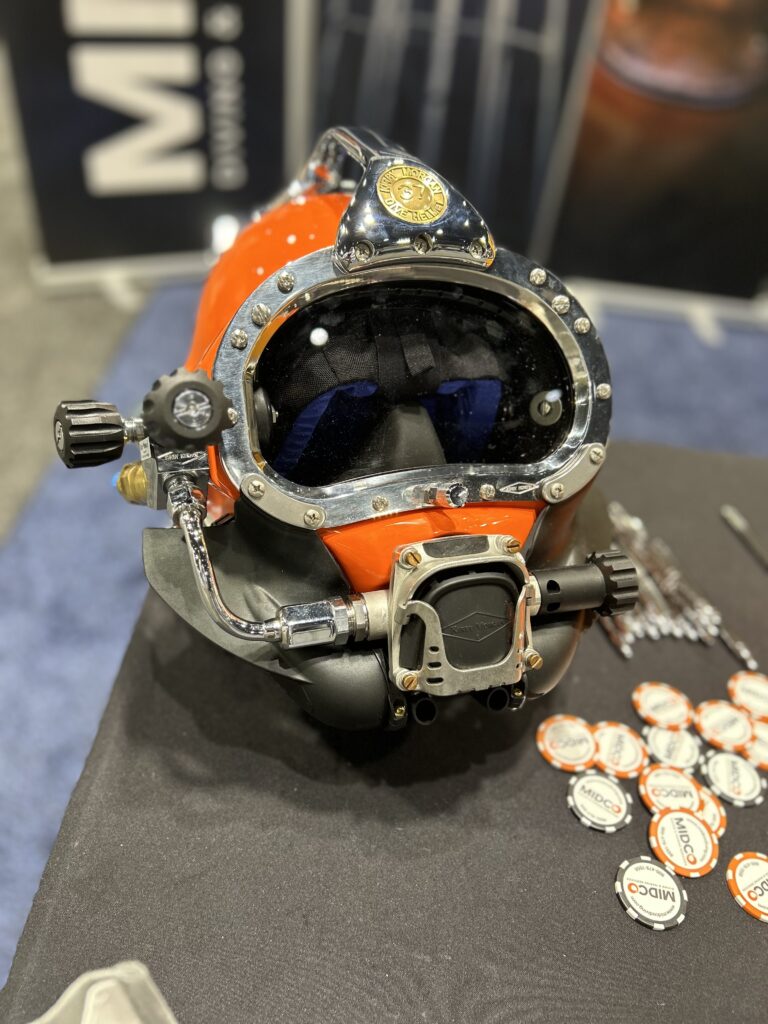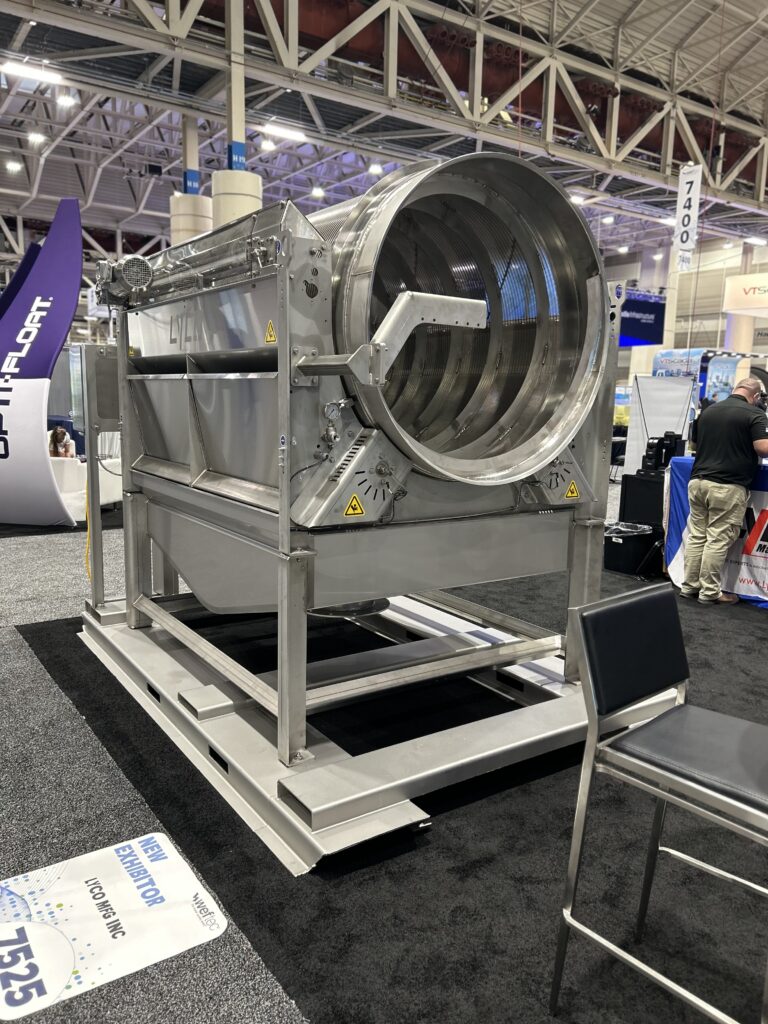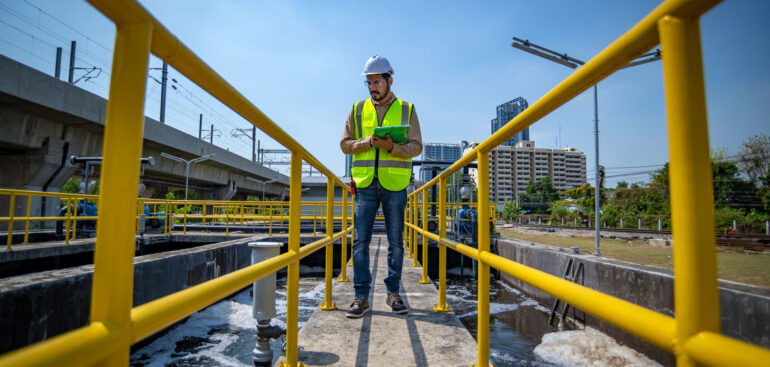Sodium bisulfite is widely used across industries such as water treatment, oil and gas, pulp and paper, and food processing. For companies that depend on this chemical for critical operations, selecting a supplier is not just about cost, it’s about ensuring long-term reliability, regulatory compliance, and operational support.
Read on to better understand the most important considerations for evaluating and selecting your ideal sodium bisulfite supplier.
Logistics Capability & Commitment to On-Time Delivery
Reliable supply is essential for avoiding production delays. Disruptions in delivery—whether due to weather, labor shortages, or transportation bottlenecks—can have significant financial and operational consequences.
When evaluating suppliers:
- Review their on-time delivery performance.
- Understand the structure of their distribution network.
- Ask about contingency plans for supply chain interruptions.
Product Expertise and Support
While sodium bisulfite is a well-established chemical, its safe and effective use can vary by industry. Sodium bisulfite must meet precise purity specifications to function effectively, especially in applications involving sensitive reactions or regulatory oversight. Inconsistent quality can cause downstream issues such as corrosion, inefficiency, or contamination. Expertise in application chemistry is essential.
Key questions to ask:
- What quality control measures are in place?
- Are batch records and certificates of analysis available?
- How is consistency verified across shipments?
- What product selection and usage guidance is available?
- How does your team troubleshoot process compatibility issues?
Supply Chain Transparency
Supply chain transparency has become increasingly important for risk management and ethical sourcing. Understanding where and how raw materials are sourced—and how they are handled throughout the supply chain—can reduce exposure to liability and strengthen corporate social responsibility initiatives.
Look for suppliers that:
- Provide clear sourcing information.
- Maintain traceability from raw materials to delivery.
- Operate with documented ethical sourcing policies.
Scalability and Flexibility
A supplier’s ability to adapt to changing volumes, whether due to seasonal demand or unexpected growth, is an important differentiator. Capacity constraints or rigid delivery schedules can expose buyers to risk.
Key indicators of flexibility:
- Scalable production capacity and JIT capabilities.
- Custom packaging or formulation options.
- Owned distribution networks.
- Ability to shift delivery timelines when needed.
Regulatory Compliance
Sodium bisulfite is subject to regulation under environmental, health, and safety laws. Suppliers should maintain full compliance with relevant EPA, OSHA, and DOT regulations—and provide documentation to demonstrate adherence.
Buyers should ensure that suppliers:
- Hold appropriate safety and environmental certifications.
- Offer full transparency on regulatory status.
- Stay current on evolving legal and compliance standards.
Customer Support and Responsiveness
Strong supplier relationships often hinge on the quality of communication and responsiveness. Buyers should expect timely answers to questions, prompt resolution of issues, and proactive communication about delays or changes. During evaluation:
- Ask about the average response times for customer service.
- Inquire about escalation procedures and support availability.
- Review customer satisfaction ratings, if available.
Operational Stability
A supplier’s stability over time is often overlooked but plays a critical role in long-term supply security. Stable companies are less vulnerable to disruptions, more likely to invest in infrastructure, and better positioned to honor long-term agreements. Buyers are advised to investigate the supplier’s history and ownership structure as well as evaluate operational investments and facilities.
Commitment to Innovation
While sodium bisulfite is a mature product, innovation in production methods, safety, and sustainability is a hallmark of top suppliers. Seek companies who continually invest in the people, processes and products such as reduced environmental impact or safer handling.
“Innovative suppliers are always looking for ways to help their customers operate more safely and efficiently,” said Brian Miller, President of Brainerd Chemical Company. “Even incremental improvements in purity, packaging, or process compatibility can have a measurable impact at the operational level.”
Environmental Responsibility
As sustainability goals become more prominent across industries, buyers are placing greater emphasis on suppliers’ environmental performance. This includes not only the chemical itself, but how it is produced, handled, and transported.
Considerations include:
- Emissions and waste management practices.
- Use of closed-loop or energy-efficient production systems.
- Alignment with ESG (Environmental, Social, Governance) principles.
Selecting Your Ideal Sodium Bisulfite Partner
Selecting a sodium bisulfite supplier requires more than a price comparison. From product quality and regulatory compliance to logistics, support, and sustainability, buyers should take a holistic view of supplier performance. By asking the right questions and evaluating potential partners against these criteria, companies can secure a supply relationship that supports both current operations and future growth.
Brainerd Chemical delivers on every front—with the infrastructure, expertise, and integrity that industry leaders rely on. To speak with a technical specialist about sodium bisulfite sourcing, regulatory support, or customized formulations, contact Brainerd Chemical Company at +1 (918) 622-1214.
About Brainerd Chemical Company
Brainerd Chemical Company is a leading U.S. manufacturer and distributor of specialty and commodity chemicals, serving critical industries including energy, agriculture, water treatment, and manufacturing. Our mission is to safely supply the solutions our customers need, the expertise they want, and the reliability they depend on—every single day.
Media Inquiries:
Brainerd Chemical Company
+1 (918) 622-1214
www.BrainerdChemical.com

